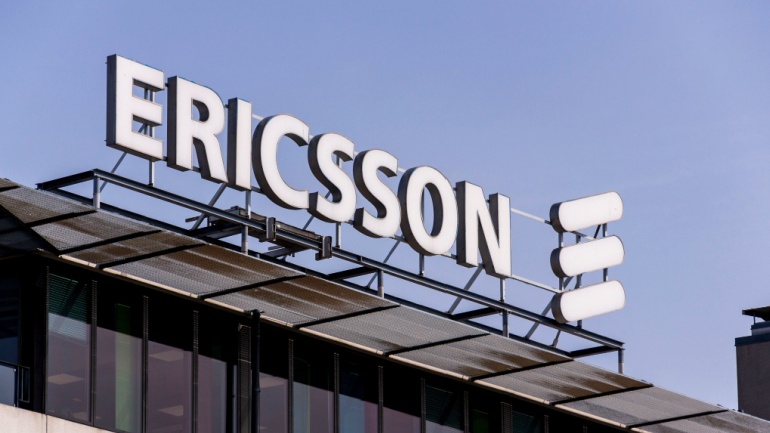In a significant move for Spain’s telecom landscape, Ericsson and MasOrange formed a five-year partnership that aims to integrate an open, programmable network infrastructure. MasOrange, the country’s largest mobile operator resulting from the merger of Orange Spain and Masmovil, will see their networks integrated through innovative solutions provided by Ericsson. This collaboration will not only support the existing network but also enhance its performance and sustainability, catering to the open architecture of modern communications.
By October 2024, this ambitious initiative will coincide with the rollout of Ericsson-powered 5G Standalone (5G SA) in rural Spain. Upon completion, it will establish one of Europe’s most extensive, advanced 5G SA networks. This development promises to deliver superior 5G services to users nationwide.
“This collaboration with Ericsson represents a decisive moment not only for MasOrange, but also for European telecommunications industry as a whole and for the Spanish market, as we lead the development of Open RAN and we lay the foundation for an open and programmable mobile infrastructure that will drive technological advances and sustainable growth,” explained Meinrad Spenger, CEO of MasOrange.
The collaboration includes deploying Ericsson Radio System products and Core solutions, adopting 5G Massive MIMO TDD technology. This advanced technology significantly increases network capacity and improves user experience by using multiple antenna elements.
Another essential aspect of the project is network optimization and densification. This strategic enhancement involves adding more nodes to boost network coverage, performance, and capacity. With these upgrades, MasOrange aims to reach 100% of nearly 750 municipalities with populations over 10,000 by the end of 2024.
Currently, the operator’s 5G network covers 86% of Spain’s population across 3,500 municipalities. It includes about 10,000 sites operating in the 700 MHz band, catering to both urban and rural populations. Notably, around 5,500 nodes are in towns with fewer than 50,000 inhabitants, covering even smaller localities with less than 1,000 residents.







